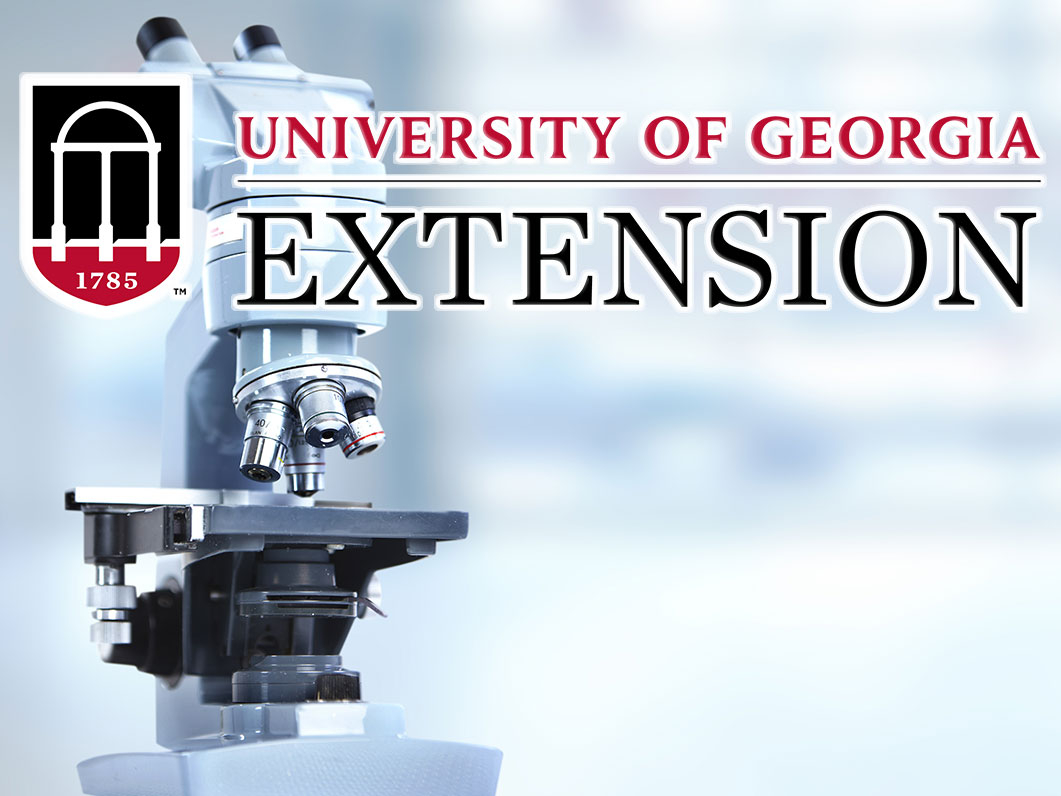Researchers at the University of Georgia at Tifton recently identified a new species of bacteria, Pseudomonas alliivorans, which they hope will result in better plant breeding.
According to a Nov. 29 story published by the College of Agricultural Environmental Sciences UGA Cooperative Extension, CAES Newswire, the unique “onion devourer” bacteria was found by UGA plant pathologist Bhabesh Dutta and his team. The discovery came during a
“multistate, four-year project” during which Dutta and his group “surveyed onions at every stage of production — from seedling to mature bulb and all the way to storage — to understand what diseases are present, how they manifest and what can be done to prevent them.”
A paper published in Systematic and Applied Microbiology told how the researchers discovered the bacteria occurring in the onion seedling stage, noting that it “looked just like the type that causes bacterial streak and bulb rot, known as Pseudomonas viridiflava.”
The CAES story noted, “However, when they analyzed the DNA of these bacteria, they were surprised to see that they were not the familiar bacteria — or indeed any known bacteria — but a new species.”
Controlling bulb rot has been a “lingering issue” for the Georgia onion industry, and until the new bacteria was discovered, the disease “had only been connected to Pseudomonas viridiflava, which colonizes the leaf and facilitates bacterial infection in leaves during cool, wet weather,” making it an issue during Georgia winters when the onions are grown.
Dutta commented in the CAES story, “Onions represent a $150 million industry in Georgia and every year 2-4 percent of the profits can potentially be lost to bacterial diseases that affect onions. While managing nitrogen fertility, copper applications and following good harvest practices — like field curing and clipping when the neck is dry — have greatly helped in managing this disease, occurrence of bacterial streak and bulb rot can still be seen during the months of January and February in our onions.”
The similarities between the two bacteria, P. viridiflava and P. alliivorans, Dutta said he believes management practices will be the same.
During a field trip, Dutta noted that testing onions for the bacteria would not be unlike testing for COVID, noting, “We would like to see if there are specific genetic markers that can be utilized to differentiate these two closely-related Pseudomonas species.”
He also said that knowing what bacteria affect onions is important to the breeding process, saying that the upshot would be “when you breed onions against bacterial pathogens, we know what representative pathogens we should screen against.”
Dutta’s research was supported by a Specialty Crop Research Initiative award from the U.S. Department of Agriculture’s National Institute of Food and Agriculture as well as by resources and technical expertise from the Georgia Advanced Computing Resource Center, a partnership between the UGA Office of the Vice President for Research and Office of the Vice President for Information Technology.


